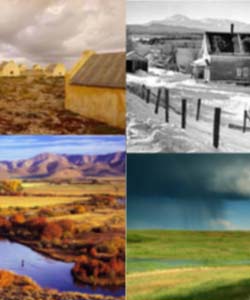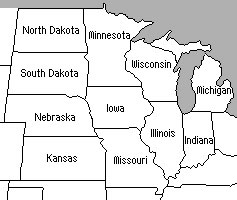![]()
In the Midwest, the seasons are very diverse in climate. The spring is cool and the snow begins to melt, then followed by the small window of rainy season. The summer is hot and humid; there is green vegetation everywhere. The fall is when the leaves begin to change colors and it begins to become windy. When winter comes, the trees are bare, the sky is gray and snow covers everything in sight. Some people live by the weather changes, while others are not affect in the least. The climate as well as the geography impacted the family dynamics. Before industrialization, many families lived together because they were an economic unit. The entire family took part in the tasks of maintaining a household. The tasks would change dependent on the climate. Many families had a small farm and would grow their own food and possibly catch their own animals for meat. Planting would occur in the spring and harvesting throughout the summer and early autumn. In autumn the family would begin saving up their surplus of food to have enough to last throughout the winter. Since the weather had control over the tasks that were to be done, the gender roles were not as strong between men and women. When industrialization began, the families moved into cities. They were no longer able to grow their own food so most of the products were bought at a store. The weather did not control the supply of food or the household tasks. The children had more free time because they were not needed to complete the outside chores, becoming a liability economically instead of an asset as they had been before industrialization. Because the man went out to work to provide for the family and the woman stayed at home to do the household tasks, the division of labor became more gendered. |
 |
 |
![]()